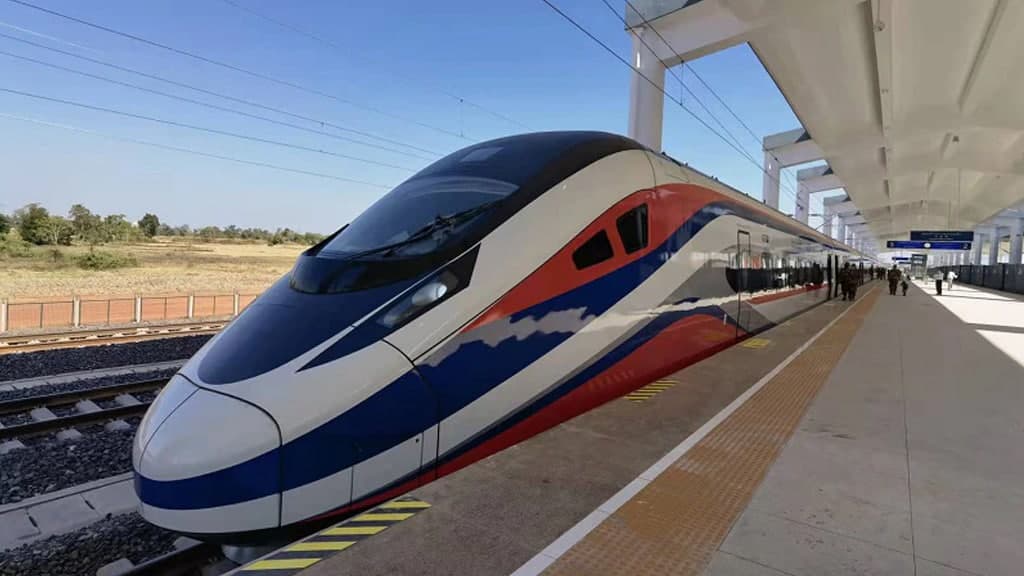News
Huawei provides smart railway solution for China-Laos high speed train

On December 6, 2021, China Laos Railway, which runs more than 1035 kilometers from Kunming in Southwest China to the Laotian capital Vientiane, was officially launched. The opening of this railway will ensure significant contributions to regional development and prosperity.
The new rail link project features Huawei Smart Railway Solutions, a suite of technologies that comes with security and safety for different scenarios including construction to operation phase. Huawei is working with Laotian telecom operators to build a high-speed network along the high-speed line.
The new Huawei Smart Railway Solutions in Laos rail link transforms the grueling 2-day road journey between the two cities into a smooth and comfortable 3-hour ride. The first train line in Laos turns the landlocked country into one that’s linked to one of China’s largest cities.

“The launch of the Laos-China Railway reflects the grand vision of leaders of both countries. It marks the culmination of five years of tireless efforts by workers in both countries. Huawei worked with Laos telecom operators to build the wireless network along the railway,” said Dr. Boviengkham VONGDARA, Minister of Technology and Communications of Laos. “With 5G coverage available in the near future, people will enjoy a stable, high-speed, and smart connectivity. Working on the train and getting in touch with friends and families anytime anywhere will become a possibility. Thanks to everyone’s big contributions to this project. Following the opening of this railway, we shall implement One-Belt-One-Road on the digital stage as well.”
“As a Laotian, I am very excited that there is finally a railway in my motherland, this was out of my expectations just a few years ago. I believe the Laos-China Railway will foster the economy, help Laos to integrate into the global market and create more opportunities for local businesses and people. As a Huawei employee who participated in the network construction of the whole railway, I look forward to seeing the merge of digital technology and modern transportation bring a brighter future to the country.” said The project director of Huawei Laos, Somlith Nammanininh.
(Source – Huawei)
